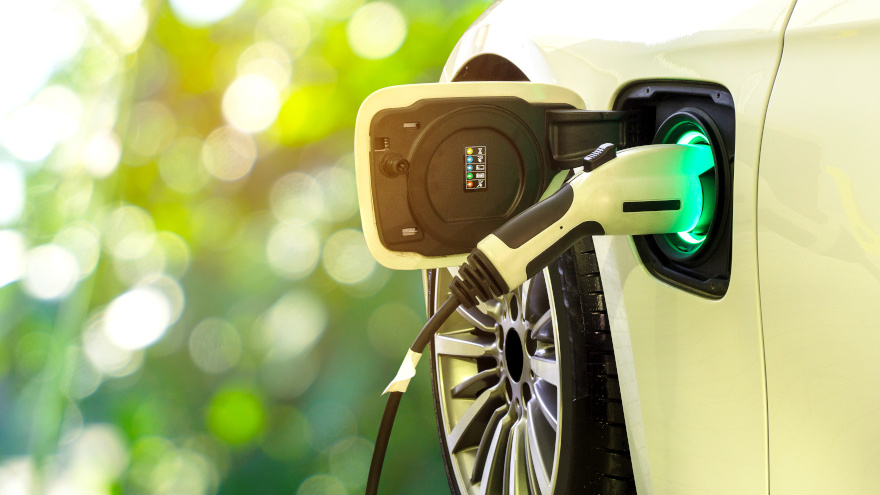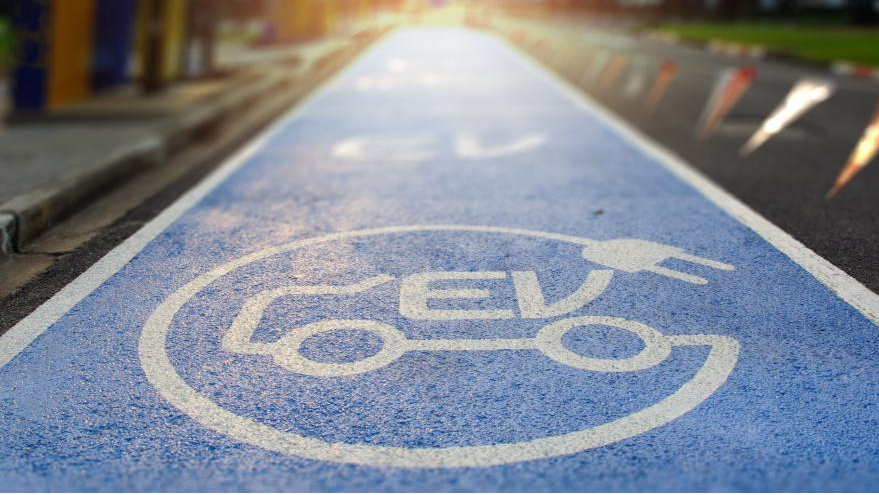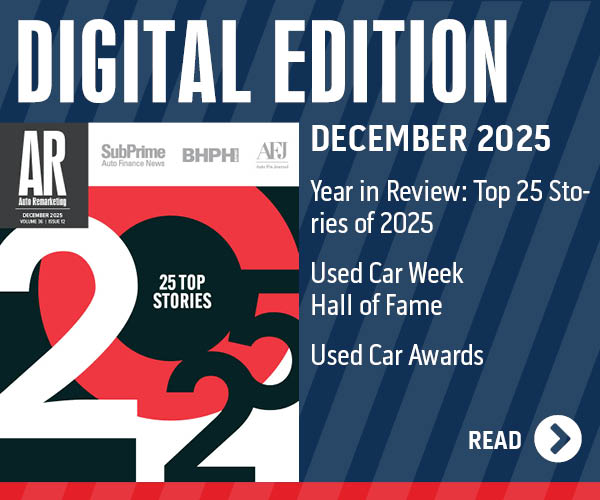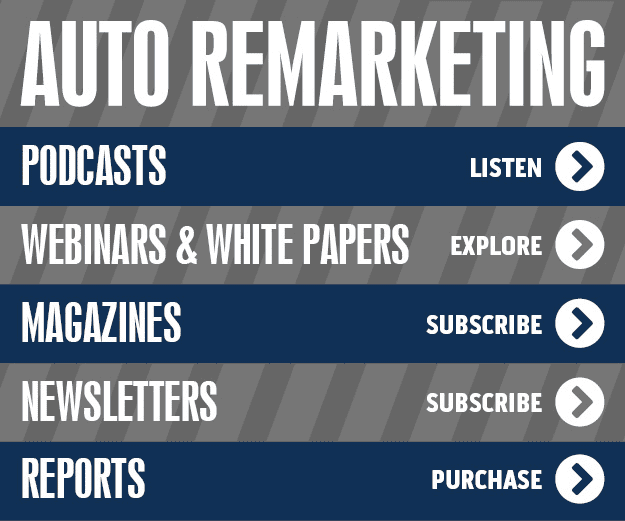You ever go to a restaurant, realize the waiting list is too long and decide to try the place next door, instead?
That was the case for some vehicle buyers in March, where wait times for certain new electric vehicles pushed them to used.
Granted, high fuel costs were a major and perhaps the largest influence on the list of used vehicles with the quickest turn times in March.
In fact, 13 of the 20 fastest-selling used vehicles last month were either hybrids or fully electric vehicles, according to an iSeeCars.com analysis.
But long wait times to acquire certain EVs also helped push demand for their used counterparts …
Read more
The cost of gasoline is up nearly 59% from a year ago, so the models topping the iSeeCars.com list of fastest-selling used vehicles makes perfect sense.
A combined nine hybrids and electrics cracked the top 20 list for November. Seven of the nine — and each of the top four — fastest-selling used vehicles last month were either hybrids or electrics, according to the iSeeCars analysis.
At the top of the rankings was the Honda Clarity plug-in hybrid, which took 22.2 days-to-sell. The average used-car turn time for the industry was 51.5 days.
Other hybrids to make the list were the Chrysler Pacifica Hybrid in third, with a turn time of 26.5 days, BMW i3 (fourth, 28.6 days), Toyota Prius (No. 6, 29.4 days), Hyundai Ioniq Hybrid (No 9, 32.9 days), Toyota RAV4 Hybrid (No. 16, 37.6 days) and the Kia Niro (No. 17, 37.6 days).
The Nissan LEAF, an electric vehicle, was No. 2 with a turn time of 23.3 days. Fellow electric Tesla Model 3 came in eighth, with a turn time of 32.6 days.
The used-car data from iSeeCars is based on an analysis of 1- to 5-year-old used vehicles.
“The Honda Clarity debuted in 2018, while the Honda Insight debuted in 2021, which means most used versions are just now becoming available and are in high demand,” iSeeCars executive analyst Karl Brauer said in a release. “Just as in the new car marketplace, hybrid and plug-in vehicles are hot sellers as fuel prices have increased by 58.7 percent in November compared to last year.”
Regarding the two EVs on the list, Brauer added: “A new version of the Model 3’s Standard Range Plus variant isn’t expected until June 2022, which further elevates the demand for used versions, some of which are being sold at higher prices than new versions.
“The Nissan LEAF, which usually isn’t in high demand on the used-car marketplace due to its limited range and high depreciation, has seen a surge in popularity that made it the used car with the highest price increase in November.”
It should be noted chat the Model 3 topped the iSeeCars used-car list for four straight months (June-September), and Brauer said, “it has been in high demand since it became available on the used car marketplace, with demand intensifying further in recent months in reaction high gas prices.”
Industry-wide, November had the slowest used-car turn time of the year (51.5 days to sell).
Peak speed was reached in September, when the average used car took less than 35 days to sell, according to the iSeeCars data.
“Used cars steadily took less and less time to sell from the beginning of the year until October, when they drastically took more time to sell likely as a result of elevated prices,” said Brauer. “New cars followed a similar pattern from the beginning of the year through May, but their days on market quickly accelerated through September, after which they slowed down back to mid-year levels. The faster-selling months coincided with reduced inventory amid the height of production shutdowns.”
Used-car prices at highest point last month
November also had the most expensive used cars, with pre-owned prices approaching $33,000.
“The average price for new cars has grown steadily, at a rate of about $534 a month because of manufacturers prioritizing the production of more expensive and profitable cars and as dealers have marked up cars over MSRP,” said Brauer. “Prices of used cars grew at an even higher rate of $638 a month and are the highest they have been all year. Limited inventory in the new car market has heightened demand and elevated prices for used cars.”
And that doesn’t appear to have slowed in December.
In a Market Insights report released Tuesday, Black Book said its retail listing price index has climbed approximately 35% since the beginning of the year.
“During the third quarter, retail prices continued to rise at a slower rate but have since picked up,” Black Book said. “In Q4, prices on retail listings have steadily increased week after week and the retail listing price index now sits at around 35% above where we started the year. The scarcity of both new and used inventory in the market fuels these consistent increases.”
Meantime, the inventory of retail used cars listed has been approximately 16% softer than early 2021 levels, as of late. And usually, the amount of listings rises “dramatically” this time of year, as it did in 2019 and 2020, Black Book said.
“New inventory is slowly making its way to market, but not at the levels needed to boost used retail listings to the ‘normal’ level,” the company said.
Black Book's data is based on 2- to 6-year-old vehicles.
It’s a good thing the remarketing industry is preparing for more electrics and hybrids to hit the market, because those alternative-powertrain vehicles continue to be among the faster sellers in the retail used-car market.
With an average turn time of 16 days-to-sell, the Tesla Model 3 was the fastest-selling used vehicle in September, according to an iSeeCars.com analysis.
This marked the fourth straight time the Model 3 has topped the list. And the Tesla Model X came in at No. 9 with an average turn time of 22.9 days, while seven hybrids cracked the top 20, iSeeCars said.
And three of the top four spots on the fastest sellers list were either hybrids or electrics, including the Model 3 once again at No. 1.
“The Tesla Model 3 has remained popular since its highly anticipated debut, thanks to impressive technology and performance at a relatively affordable price compared to Tesla’s earlier vehicles,” iSeeCars executive analyst Karl Brauer said in the analysis.
“A new version of the Model 3’s Standard Range Plus variant is sold out for the remainder of 2021 to further add to the already-high demand for used versions, some of which are being sold at higher prices than new versions,” he said.
As for the Model X, Brauer added: “Tesla continues to see record sales growth for its premium SUV, with the sold-out Model X not being available until February of 2022, adding to the demand for used Model Xs.”
Looking at the hybrids on the fast-sellers list, those include:
Toyota Prius (No. 3, 20.7 days to sell)
Honda Insight (No. 4, 21.2 days to sell)
Toyota Highlander Hybrid (No. 7, 22.6 days to sell)
Toyota RAV4 Hybrid (No. 12, 23.4 days to sell)
Kia Niro (No. 14, 24.1 days to sell)
Toyota Prius Prime (No. 16, 24.2 days to sell)
Honda Clarity Plug-in Hybrid (No. 18, 24.5 days to sell)
“Similar to the new-car marketplace, Toyota’s hybrid and plug-in vehicles are hot sellers due to their reliability and advanced technology,” Brauer said. “The Honda Clarity debuted in 2018, while the Honda Insight debuted in 2019, meaning most used versions are just now becoming available, and are in high demand.”
To compile the rankings, iSeeCars analyzed more than 900,000 new- and used-car sales from September. The used cars were from the 2016-2020 model years.
The average used car took 32.8 days to sell.
As reported in Auto Remarketing last week, the market for EVs and other alternative-powertrain vehicles shows signs of growth.
In a summary of an EV-centric episode of its “Golden Age of Used Vehicles Podcast” podcast, J.D. Power Valuation Services said that more than 100 new battery electric vehicle models are expected to come to market in the next few years.
“We’re really starting to see that rapid growth in BEVs (Battery Electric Vehicles). J.D. Power is expecting BEVs to grow market share by 1 to 2% per year through 2025. It’s going to be a very competitive space,” said Cari Crane, director of industry insights with the ALG division of J.D. Power, in that summary.
As for this year, the second quarter marked the first time that pure EV sales have exceeded 100,000 units in a quarter, according to data from Kelley Blue Book.
KBB, which is part of Cox Automotive, found there were 118,233 new EVs sold in Q2, a 254.9% year-over-year increase.
When you add in sales of HEVs/PHEVs, total new-car sales of electrified vehicles came in at 376,361 units, a 201.1% increase, KBB said.
That widely outpaces the gain in overall new-car sales, which were up 49.5% in the quarter.
Electrified vehicles commanded an 8.53% share of the new-vehicle market in Q2, according to the KBB data, versus a 4.23% share a year ago.
That data indicates that the recently completed third quarter will show pure electric vehicle sales of 99,560 units, which would be a 40.1% hike.
On the used-car side, Manheim processed more than 114,000 electrified vehicles last year, a figure that includes battery electric, hybrid and plug-in hybrid vehicles.
That is a small percentage of Manheim's overall sales, but the forecasted boom in new EV launches and sales means that pre-owned population will only rise — and eventually filter back into the wholesale market.





